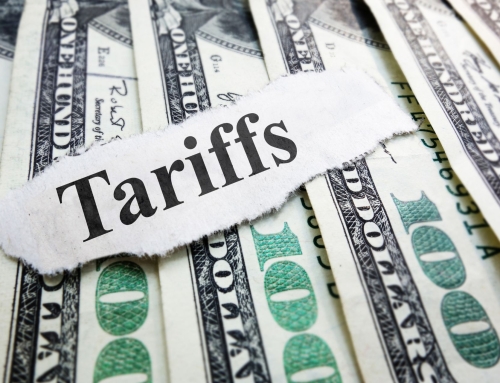History will always celebrate George Washington being elected as the first President of the United States of America, but it was the early actions of Congress that shaped the future for American trade. In the first Act of Congress, they passed the Tariff Act of 1789 (also known as the Hamilton Tariff) to place duties, taxes and fees on imported merchandise to fund the creation of this new country and encourage manufacturing. Then, in the second Act of Congress, the government created a way for American companies to recover those duties, taxes and fees upon exportation. While duty drawback has been around for over 225 years, approximately 25% of companies that are eligible for drawback participate in the program.
Here are four ways that duty drawback benefits American manufacturing, industry, and international sales:
- Increase global competitiveness:
The World Economic Forum states that reducing international trade costs would increase global competitiveness. Through duty drawback, companies can recover 99% of duties, taxes, and fees paid on imported merchandise. This recovery allows companies to more competitively price their merchandise and compete in the global market.
- Increased profit margins:
As companies expand and expenses increase, the focus for each company is directed to profit margins. The operating costs, material costs, and taxes take away from the overall revenue, but duty drawback allows a company to balance the costs with the recovery of duties, taxes and fees paid on imported merchandise. An increase in the profit margin provides security to the profitability and marketability of a company.
- Create and maintain jobs in the U.S.:
The health and vitality of American labor and industry is in the workforce. Duty drawback recovery improves the margins that would allow companies to hire additional workers and reduce the unemployment statistics in the U.S. Creating new jobs while also improving income and working conditions builds the economy while promoting development and reducing poverty.
- Promote U.S. invention and manufacturing:
Innovation and manufacturing are the cornerstones to any great economy. Export sales are critical for the U.S.’s economic health and vitality and duty drawback can reduce the price of the finished merchandise by allowing recovery of import duties, taxes and fees upon exportation of the finished goods. This reduced cost and increased saving can enable companies to devote more resources to research, innovation, and expansion promoting their own brand and contributing to the economic health of the U.S.
Since the first Act of Congress, drawback has succeeded in its intended purposes on the four points above. Every American company should examine their own drawback opportunities to ensure they maximize on the benefits this program can provide to them.
From the desk of: Tim Vorderstrasse






